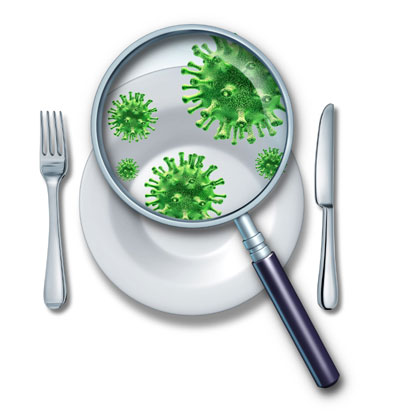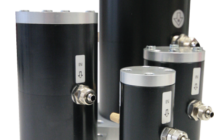The recent tragic Listeria-related deaths emphasise the vital importance that food businesses and consumers take this bacteria very seriously.
While listeriosis – the illness caused by Listeria bacteria – can affect anyone, it impacts more severely on the very young, old and frail, pregnant women and immuno-compromised people. The illness can have very serious consequences for these groups, and it has a high mortality rate among its victims: Of the 23 reported cases of listeriosis in New Zealand in 2010 there were seven fatalities, and last year there were 26 cases with one death.
Experts have estimated that about 85 percent of all listeriosis cases in New Zealand are caused by food, and that the foods most at risk of causing illness are ready-to-eat (RTE), chilled foods with a long shelf-life.
While we know that foodborne listeriosis is a serious illness that can affect the most vulnerable proportion of our population, establishing the food source that caused the illness and figuring out how it got contaminated can be extremely difficult.
Listeriosis has a long incubation period of up to 10 weeks from when the contaminated food might have been consumed to development of symptoms. This means that it’s near impossible for the people – who are often very ill – to remember the contents of every meal they have eaten in the past three months. In all honesty, most of us would probably struggle to remember what we had for tea a fortnight ago.
Even if investigators manage to identify a suspected food source, it’s hard to imagine that this food would still be available for testing. The alternative is to test a similar food – where one is available – but that doesn’t necessarily correspond with the food the sick person ate.
Listeria are present throughout our environment, and because there are various strains of the bacteria and they can be introduced from a variety of sources, it’s difficult to know whether you’ve pinpointed the one that caused the illness.
If the available food does indeed contain Listeria, the number and strain, or serotype, of bacteria may be different and any contamination may not be from the same source as the one that was implicated in the original food.
Where the suspected food was eaten in the home, the state of people’s fridges can further complicate investigations. Taking a swab in most home fridges may find the Listeria bacteria to be present and presenting a risk that any uncovered food stored there could become contaminated.
While it would be ideal to identify the source of illness in individual cases because it can provide us with information that can help prevent more people falling ill from that food, the reality is that establishing the source often proves impossible.
However, because we know that Listeria causes serious illness and that it can – and occasionally does – kill, MPI developed a Listeria monocytogenes Risk Management Strategy. In place since 2008 the strategy focuses on minimising Listeria contamination and specifically in RTE foods provided to the consumer.
This is because Listeria – unlike most bacteria – can grow at refrigeration temperatures and as such any bacteria present in these foods can increase to dangerous levels before eaten, if care is not taken.
As part of the Strategy, MPI has developed a suite of draft Listeria guides aimed at manufacturers of RTE foods and other relevant stakeholders. These provide information on all aspects of Listeria control: how to minimise the contamination of RTE foods by developing a Listeria management programme, how to monitor for presence of the bacteria and the steps that should be taken if Listeria is found.
For more information:
Visit: www.foodsafety.govt.nz/elibrary/industry/control-listeria-foods/index.htm





























































































